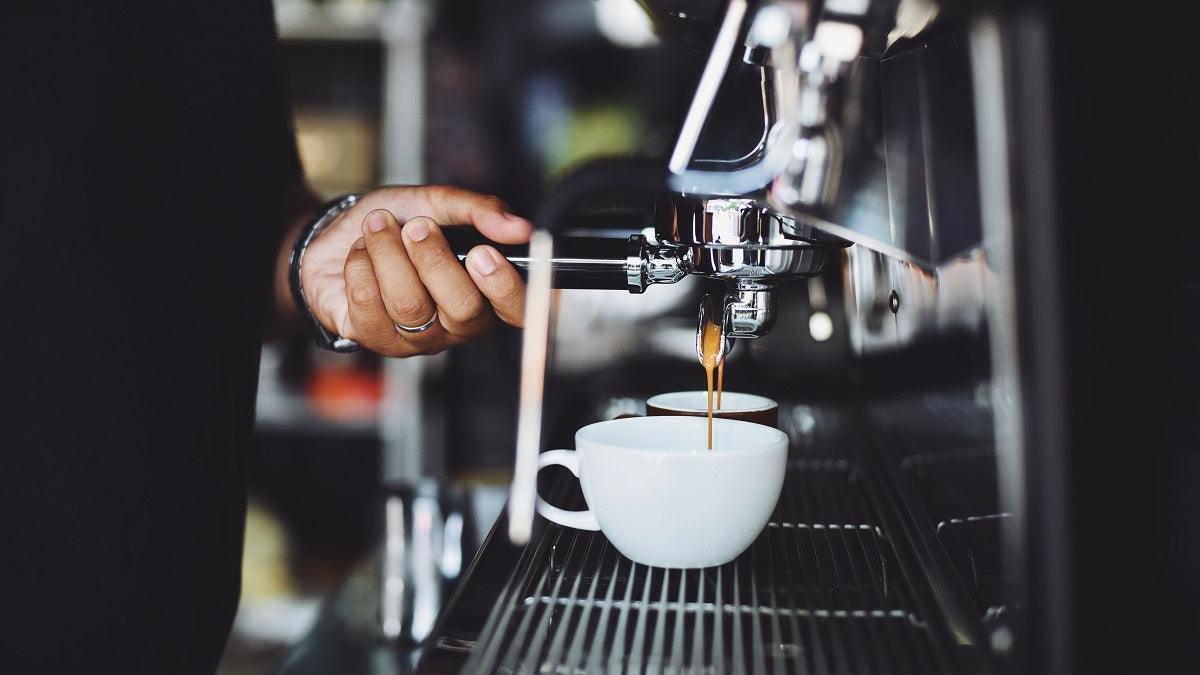Coffee Brewing Tips: The Importance of Brew Time
Published Date:
Brewing coffee is an art form. Some people like their coffee to be lighter and more acidic, while others prefer coffee that has a deep rich flavour. The way you brew coffee can drastically affect the final result in taste and quality. Brewing time plays a major role in this process. This article will teach you about brewing time when it comes to making coffee, how it affects your end product, and how you can manipulate or control brew time for your coffee!
The more you explore and learn about brewing coffee, the better your coffee will taste. Now that you learned about the coffee to water ratio and checked the coffee grind size guide we'll combine them. This tip is mostly applicable to coffee brewing methods that are largely manual such as Pour-over, French press, Chemex, and even espresso. If automatic drippers are your go-to brewing method you can also manipulate brew time by tweaking grind size and your recipe.
What Is Brew Time?

Coffee brew time is the amount of time it takes to brew a batch of coffee from start to finish. The start is the instant that water and ground coffee come into contact with one another and the end is when the coffee has been fully brewed.
Different brewers are designed with ideal brew times in mind, and most of the coffee brewing methods have standard coffee to water ratios. These are guidelines that coffee professionals use in order to achieve the best results when making coffee. The majority of brewing methods, with the exception of espresso, fit within a three to five-minute range.
There are a few ways to manipulate brew time when you are making coffee. You can change your coffee-to-water ratio, adjust the grind size, or manually decrease/increase the flow rate or contact time between the water and coffee
The importance of coffee brew time is that it has an effect on how balanced and even your coffee tastes as well as its strength.
Also Read - 5 Tips To Brew Better Coffee At Home
1. Changing Your Coffee-To-Water Ratio
You may make the water's flow rate through the coffee grounds faster or slower by adding more coffee (to make the bed of grounds thicker) or less coffee (to make the bed of grounds thinner). The more coffee there is in the filter, the slower the water will pass through it because it has to push through a thicker coffee bed.
The coffee-to-water ratio is the amount of coffee in relation to the amount of water used in a brewing session. The standard coffee-to-water ratio for making pour-over, french press and drip coffee fall within 16g:1g - 18g:1g depending on your preference or recipe.
The coffee-to-water ratio is an important factor in the quality of your coffee brew time, especially for manual coffee brewers like pour-over brewers or French presses where you can control how fast water flows through coffee grounds.
2. Adjusting Your Coffee Grind Size
If you use coffee that is too coarse, the coffee may be under-extracted which means your coffee will taste watery and bland. If you are using coffee that is too fine then it might become over-extracted which results in a bitter-tasting cup of coffee with an unpleasant aroma.
The grind size affects how fast or slow water flows through coffee grounds because it controls how tightly packed they are. A more even coffee bed allows for a faster flow rate while a very uneven coffee bed slows down contact time between the water and ground beans
Adjusting your brew time by adjusting your coffee's grind size is one way to manipulate brewing time when making pour-over, french press, Chemex or drip style coffees where manual brewers control the coffee to water ratio.
When buying coffee from your favourite specialty coffee store or Toronto coffee roasters you can select whole beans to grind your coffee minutes before brewing - perfect for the tastiest cups, or professionally pre-ground which means we'll grind your coffee according to your preferred brewing method for the best results.
The coffee grind size is an important factor that coffee professionals pay attention to when making coffee because it has a large effect on the quality of your brew as well as how balanced and even it tastes. Size matters!
Also Read - 3 Steps To Find Perfect Coffee Grind Size
3. Manually Changing The Flow Rate
By altering the water's flow rate through the coffee bed, you may control how fast the extraction happens. By pouring in a larger quantity of water (which will increase the weight of water in the filter and force some of it through the coffee), or stopping the flow of water before the recommended brew time for your favourite method.
With all three tips, it is still possible to brew an over-extracted or under-extracted coffee and the key is finding your coffee to water ratio, coffee grind size and flow rate. The best way of knowing you found the perfect balance is by tasting coffee like a barista.
As you’re tasting the coffees, remember to look for bitterness, sourness, and sweetness. There are no hard rules and experimentation is supposed to be a fun and enjoyable part of making coffee at home. Now let's get brewing!
Conclusion
understanding the importance of brew time in coffee brewing is essential for coffee shop owners, wholesale coffee suppliers, and individuals seeking to perfect their coffee at home. By controlling the brew time, you can achieve the desired balance of flavors, acidity, and body in each cup. Whether you're running a coffee shop, supplying wholesale coffee, or enjoying the art of brewing at home, mastering brew time allows you to consistently deliver exceptional coffee experiences. Explore different brew times, experiment with various coffee subscriptions, kits, and gifts, and unlock the full potential of your coffee brewing journey.

 ALL
ALL

